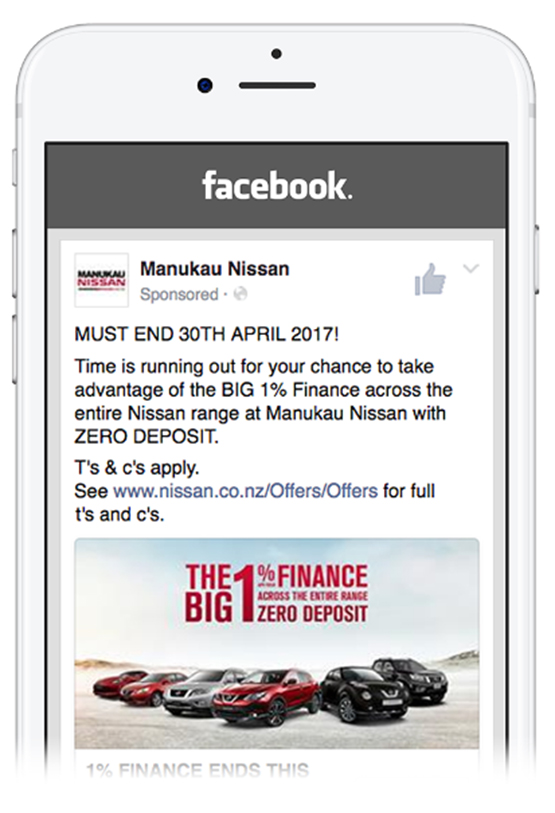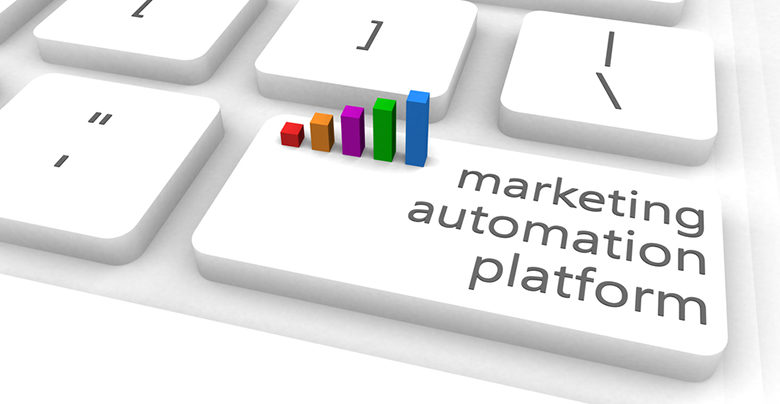How can brands share their messages across a large number of different publishers to increase the diversity, reach and effectiveness of their campaigns? Therein lies the potential of programmatic advertising and why automated marketing has grown exponentially in recent years, as brands leverage data analytics and programmatic processes to reach the right customers.
Programmatic advertising and marketing has grown exponentially in recent years, for good reasons. Research from Magna Global suggests that programmatic spending in most countries will double between 2015 and 2019, with the UK’s own spend expected to increase by 128% over this period. This speculation is certainly being validated by industry, with 70% of B2B marketers reporting that they plan to increase their programmatic spend in 2017, and one-fifth saying the increase will be 25% or more.
This huge shift in industry behaviour boils down to one simple fact – the future of marketing lies in programmatic. By using algorithmic solutions to leverage highly complex customer data, programmatic advertising reduces the time and money firms need to spend on consumer outreach and helps to confidently identify and engage with key target audiences.
Nissan’s recent Facebook campaign is a good example of a brand effectively leveraging data to deliver customised automated ads. By using Facebook’s pixel, Nissan was able to create ‘custom audiences’ of people who had visited its website. From this data, Nissan could map users’ intent against the conversion funnel and could retarget these audiences with relevant ads. As a result, Nissan was able to reach 80% of its target audience during the campaign, and 21% all the converted sales from online channels were generated by Facebook lead ads.
By adopting this and similar approaches, brands are able to share their messages across a large number of different publishers, increasing the diversity, reach and effectiveness of their messages compared to more traditional placement tactics and media, such as television and newspapers.
Programmatic advertising and dealing in data
The rise of automated (programmatic) marketing has been driven by the wealth of data that is now available. Brands have been collecting data from their customers for years, but it is only now that as an industry we are coming to terms with how this data can be utilised to create highly personalised marketing while respecting consumers’ needs for privacy.
Piecing together consumer data such as:
- browsing history
- purchasing history
- personal information
- location data
- social media usage
can give hugely detailed insights into what motivates an individual consumer. It also gives a much better idea of the best way to target consumers online, because their psychographic profile can be understood.
As such, applying this knowledge is allowing brands to tailor their advertising and marketing to create genuine, long-lasting relationships.
It does this in two ways:
- by enabling businesses to genuinely understand their audiences
- by allowing them to tailor their brand messaging and strategy to align with those audiences
Programmatic advertising relies on sophisticated analysis to convert this expansive and complex data into a precise holistic outreach strategy. So far, this approach has been very successful, as it uses data to achieve strategic efficiency and optimal audience outreach in a way that planners and buyers simply cannot.
Sceptics are quick to point out recent controversies around ad placements, which saw automated software inadvertently place major brands alongside extremist content on YouTube, leading some to believe that programmatic advertising is still immature.
However, this has been seen in only a handful of cases, and should not be allowed to obscure the bigger picture. In reality, the data-fuelled capabilities of programmatic advertising and the benefits that go with it, far outweigh these issues. Withdrawing all programmatic advertising after such an event would be incredibly rash and short-sighted. In our opinion, vendors such as Google/DoubleClick have acted very quickly and have already put improvements in place to prevent similar incidents from happening in the future.
The fact is that programmatic has already manifested itself into the everyday lives of the average consumer. Consumers only have to log into Facebook or open their browsers to find a series of adverts and promotions that appeal to their unique interests and past purchasing behaviours.
As a result, programmatic has succeeded in maximising data for commercial advantage, but there are even greater potential benefits on offer for businesses that can harness the power of this technology fully. However, to achieve these goals, innovative use of technology and consumer data will need to dovetail with human psychology understanding if programmatic is to maintain its impressive record in data-driven brand engagement.
Experiments in innovation
Programmatic is still a relatively young industry, but one with huge potential just on the horizon. One area where big waves are being made is cross-device mapping – the ability to identify the same individual across multiple devices such as laptop, mobile and tablet.
For years, both Google and Facebook have developed their cross-device graphs, which allow their programmatic software to identify the same user across various connected devices. In doing so, these firms are able to aggregate consumer behaviour and thereby acquire a pool of deterministically matched data on their complete online behaviour.
However, while holistic digital platforms are central to the future of programmatic, data innovation is not restricted to digital channels. Looking to boost the performance of its bricks-and-mortar stores last year, a string of retail stores trialled in-store beacon technology which traced customer smartphones presence. The purpose of this venture was to see what motivated the brand’s clientele to shop luxury, and use this data to target them with desirable products and individualised promotions.
Data innovation will continue to shape automated marketing in this way. As these developments become more sophisticated, programmatic software will make the dream of one-to-one dialogue with customers much easier to achieve. This will mark a vital step forward in marketing efficiency and brand engagement, with all of the benefits it brings to both parties.
A human touch
However, it is important to remember that data leverage has as much to do with individuals as it does with technologies. Before programmatic software can target audiences and individuals using data, it needs to know exactly who these audiences and individuals are. While digital solutions can help to achieve this objective, current regulations surrounding consumer privacy, combined with a commitment to corporate ethics, mean that these solutions can only achieve so much.
As with any relationship, companies need to convince their customers that they are deserving of their trust. Clear communication is essential here, and consumers need to understand that they will ultimately gain from sharing personal data.
Research suggests that brands and marketers are already making progress on this front. While some individuals remain uneasy about brands holding information on their personal habits and digital footprint, most consumers understand that data sharing can save them money, offer desirable rewards, and improve their overall customer experience. If firms continue to promote this mutually beneficial relationship, they will be able to pair retained customer data with state-of-the-art data analysis solutions to create a programmatic process which delivers on all fronts.
Data leverage is a complex process, as is automated marketing. However, as it stands, marketers, programmers, brands and consumers are all taking steps towards making this area far simpler. As a result, programmatic will continue to support businesses in reaching the right customers, and thus deliver significant commercial advantages and power the digital revolution in the years to come.
Read also:
Top tips for using Facebook Custom Audience lists
Customer engagement – are beacons really worth the hype?







Leave your thoughts